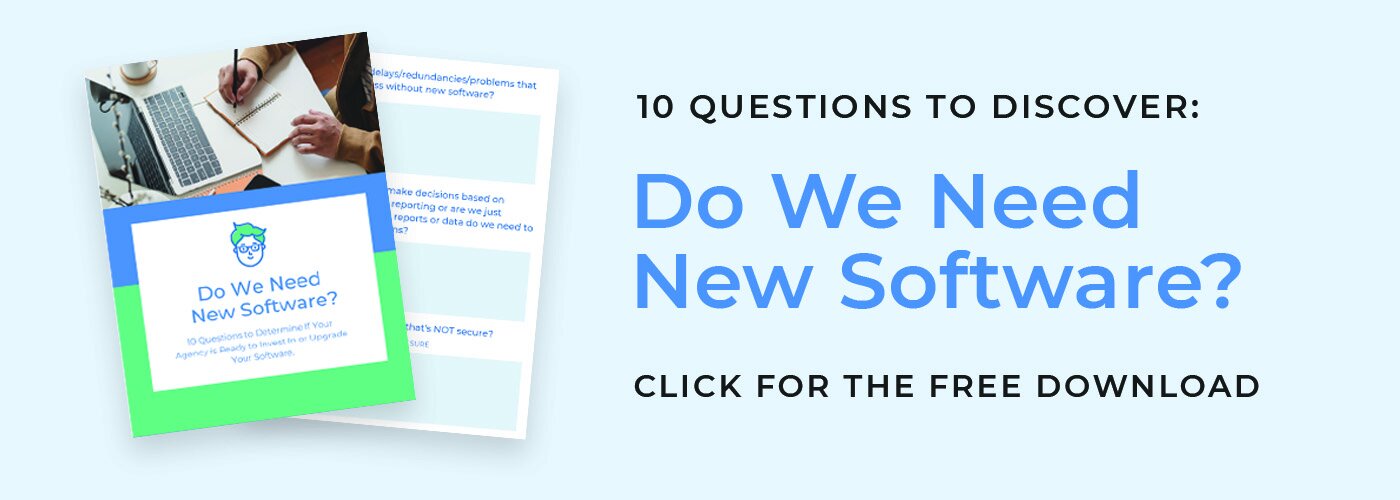How do you get to Carnegie Hall? You know the saying...practice!
When it comes to implementing new software, training and practice are just as important as a violinist practicing her scales (although maybe not quite as fun). In this guide, we’ll share tips, ideas and questions to consider when training your staff, admin and clients on your new software.
We’re often asked, “How long will the software take to implement?”
The answer is...that depends.
Much like when a family asks, “How long is the home study process going to take?” The answer is...it depends!
The final timeline is ultimately in the prospective parent’s hands. How willing and able are they to work through the home study requirements? How motivated are they to invest the time it takes to get through the process?
The answer for software implementation is similar.
The length of time it takes depends on things such as:
How much of the software you’re going to use (which modules?)
Do you have a dedicated administrator with time to learn and teach the software?
How much time each day will you dedicate to learning and teaching the software?
How well are your workflow processes documented so that they can be converted to a digital process? (See this guide for details on that topic).
Next, consider the follow questions about your organization:
1) What is our organization’s culture around new technology?
2) How much time are we willing to invest in the training?
3) How much money are we willing to invest in the training?
4) How or When do we determine whether to invest in more training or support from the vendor vs. “figuring it out?”
5) Does our chosen software vendor have a robust User Training Guide and regular webinars/classes? Is their support team responsive?
Just like a new iPhone, the more you use your software, the faster you’ll learn it.
Pro tips for practicing and training on your new software:
Create test cases for practice: families, children, birth parents, organizations, etc.
Schedule practice/training sessions with admins and staff on a regular basis and encourage attendance.
Encourage team members to practice using the software by giving them plenty of time to do so. Make sure your admin is available to answer questions.
Create quick training videos for clients showing them how to use your client interface (in SAM it’s called the Family Portal). Use free software such as Vidyard or Loom to record your screen.
Ask for feedback from your staff and families and re-evaluate on a regular basis.
Our online “Get started” user guides, videos, webinars, one-on-one training over Zoom and email support are all available to help you learn and practice using SAM. Take advantage of our team’s extensive experience helping dozens of agencies successfully implement SAM.
















